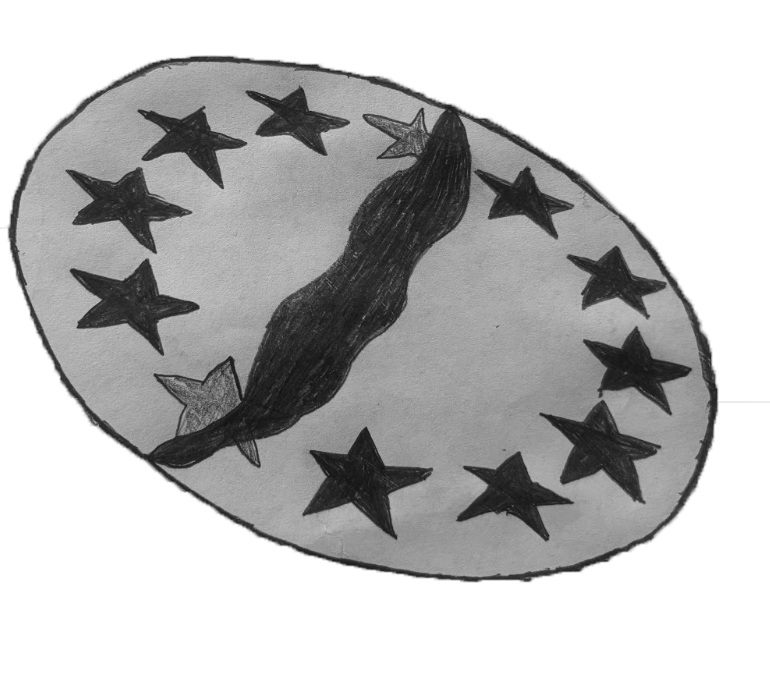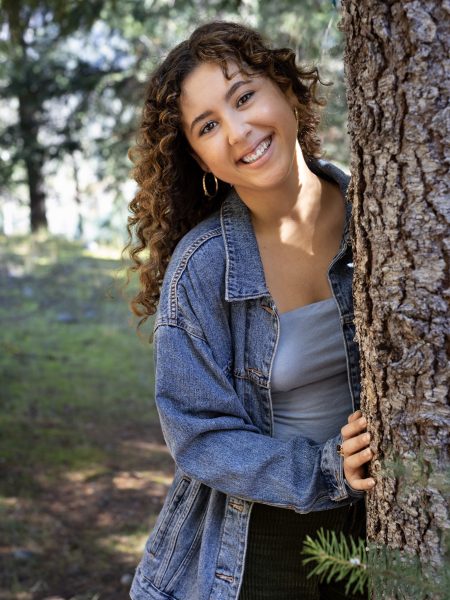Talk of violence in schools is at the forefront of media and a cornerstone of many political campaigns in America today. Conversations within the school and the media often revolve around the student experience, but how do the adults of the community who lead the students through each security threat feel in the current environment?
After working in the Seattle Public School system, all staff have stories of threats to the safety of themselves and their students.
Jonathan Stever, who has been a science teacher at Garfield for 28 years, recalled one particularly jarring event at Garfield in the early 2000s where there was, “A person with a weapon on campus and we had a lockdown and SWAT came through and were checking all the rooms and so we were completely silent and I was sitting at my desk and they opened the door with an automatic weapon pointing at me, and that was a little disturbing. It was a police officer, but it’s still sitting there, looking down at the end of a gun was not fun.”
Porcia Beard, attendance monitor and success interventionist, remarked that her scariest experience at school was the shelter-in-place held in mid-October of 2023, where shots were fired on the east side of campus. “I mentally thought they were actually physically shooting the kids on the field. I didn’t know that it was going away from Garfield, but at that time we all thought that they were actually physically shooting at us, which made it even harder to function to get the kids in,” Beard said.
It’s only human to be affected by traumatizing events, like someone shooting toward the school, but many staff realize one part of keeping students safe in an unsafe situation is showing little reaction in the moment. “I try not to be too anxious, not to put off any anxious looks or instill fear in other people. [I] try and be calm,” Ken Courtney, a counselor at Garfield, said. Geoffrey Kropp a math teacher at Garfield said, “I have to just zone in, like ‘these are the procedures we’re supposed to do.’”
A lack of immediate reaction from staff often invites room to dismiss the staff’s experience during such events, when in fact according to Dr. Ryan Austin, a science teacher at Garfield, his, “coworkers are more upset, I think, by these events than I see my students,” So even if they are not often expressed to students, “if you go to the staff meetings, you’ll hear a lot of perspectives and definitely people voicing concern about safety, mental health and the trauma we’re experiencing.” Austin said. “A lot of people are really really affected by this and afraid and it makes it hard to do their job,” Stever said.
The effects of long exposure to the threat of violence in the community can be seen in staff in many manifestations. “Honestly, I had an anxiety attack during the process…I’d never had one before,” Beard said, referring to the late October shelter in place. “We’ve got a number of staff that have changed the way they go to and from school because of [gun violence], we’ve got staff that park in different areas because of it,” Courtney said.
The main safety measure staff want implemented to feel safer is a “single point of entry and exit” where students can only enter the school through the front doors. According to Courtney, “That’s really the most important thing that we can do for school safety… yes, it’s an inconvenience, but when you’re thinking about how to make the building safer, [it’s something] we could do immediately and make it safer. So I think we have to think about what’s best for our community and overall safety and not be selfish.”
As Garfield moves to make the school a safer place it’s imperative that everyone in the building, “Have a few conversations and make space for [everyone] to share their legitimate perspective,” Austin said.






